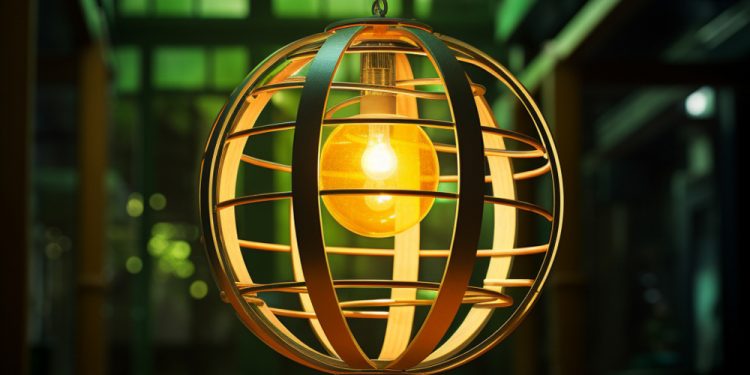When operating in hazardous environments, safety measures must go far beyond the basics. Industries such as oil and gas, mining, marine, and chemical processing often face continuous exposure to flammable gases, vapours, and dust. In these high-risk zones, even routine operations can become dangerous if the right protective systems aren’t in place. That’s where hazardous area LED lighting becomes essential, not only for visibility but also for protecting lives and infrastructure.
For any business operating in potentially explosive atmospheres, using the correct lighting isn’t optional. It’s a matter of compliance, operational efficiency, and safety.
What Makes Hazardous Area Lighting Different?
Hazardous area lighting is specially designed to be safe in environments where there’s a constant or occasional presence of combustible substances. These lights are engineered to contain any spark or high temperature that could otherwise trigger a fire or explosion.
Unlike standard lighting, zone rated LED lighting adheres to strict safety standards and is certified for specific hazard zones. These zones are defined by the likelihood and duration of exposure to explosive gases or dust. For example, Zone 1 lighting is designed for areas where hazardous atmospheres are likely during normal operations.
The Benefits of LED in Hazardous Locations
LED technology has significantly advanced industrial lighting. In hazardous environments, industrial safety lighting must be not only reliable but also efficient and low-maintenance. LEDs meet these requirements exceptionally well.
They produce minimal heat compared to traditional light sources, reducing ignition risk. LEDs are also highly durable, resistant to shock and vibration, and offer long lifespans—all of which are critical factors for sites where changing a light fixture is complex or dangerous.
In sectors like oil and gas, where operations often run around the clock in remote or offshore areas, LED lighting for oil and gas facilities must deliver consistent performance under extreme conditions.
Why Compliance Matters
One of the most important aspects of hazardous area lighting is certification. Products like ATEX compliant LED fixtures have undergone rigorous testing to ensure they are safe for use in explosive atmospheres. ATEX certification is particularly vital for operations within the European Union or for companies aiming to meet international safety standards.
Failing to install properly certified lighting not only increases the risk of an accident but can also lead to regulatory fines, insurance issues, or delays in project approval.
Where to Use Hazardous Area LED Lighting
This type of lighting is commonly required in:
- Oil refineries and offshore drilling rigs
- Chemical manufacturing and storage facilities
- Grain silos and food processing plants
- Mining operations and tunnel systems
- Fuel storage and handling stations
Each of these environments carries unique risks related to flammable substances or airborne particulates. Without certified lighting, a single electrical malfunction could trigger catastrophic consequences.
Trusted Solutions for Tough Environments
At Mineglow, the EXM Range of hazardous area LED lighting is engineered to meet the strictest safety standards while offering reliable, energy-efficient performance. These lighting systems are suitable for various hazardous zones and are built to handle the harshest industrial conditions.
Whether you need to upgrade an existing facility or design lighting for a new hazardous zone, it’s essential to choose fixtures that prioritise both safety and long-term value.













